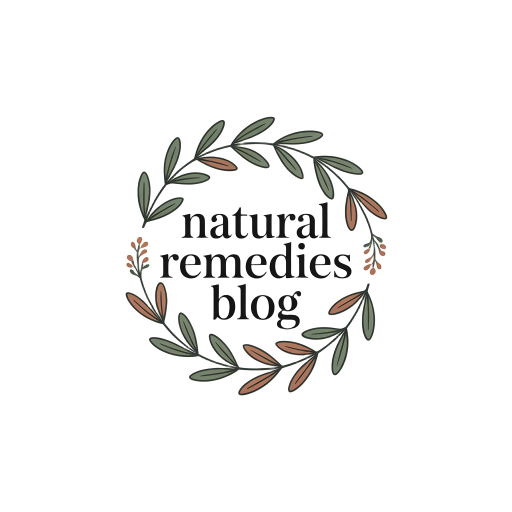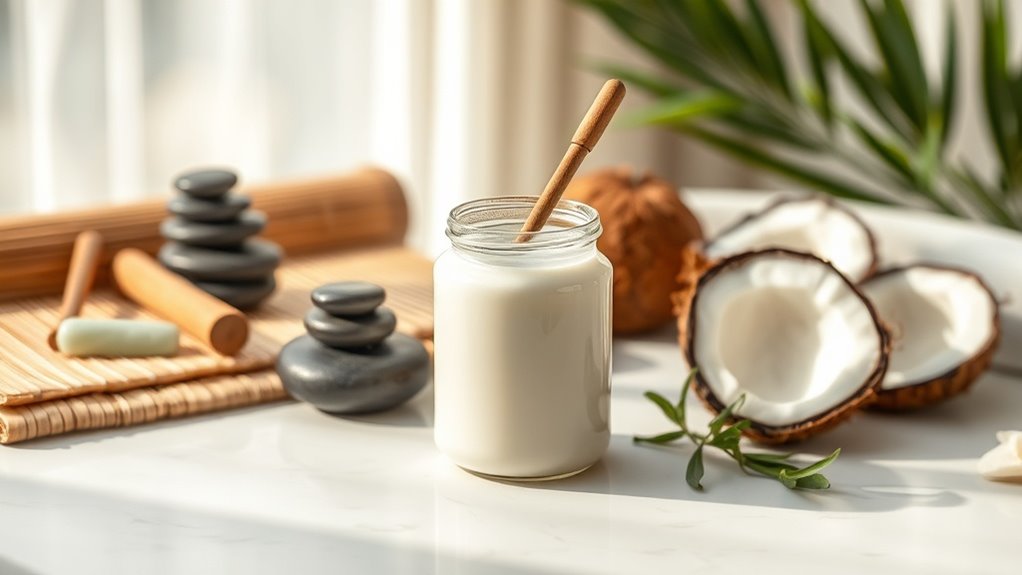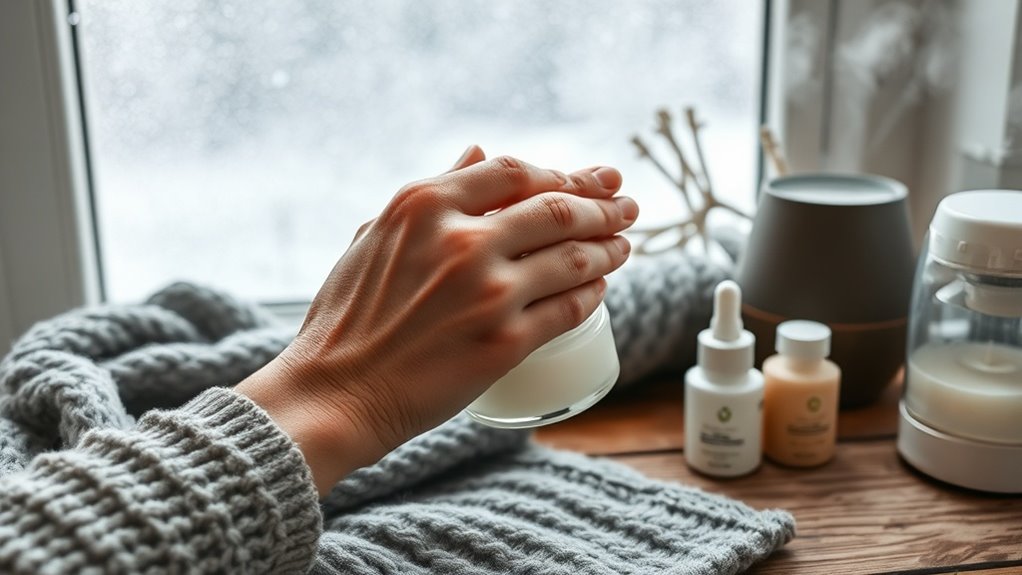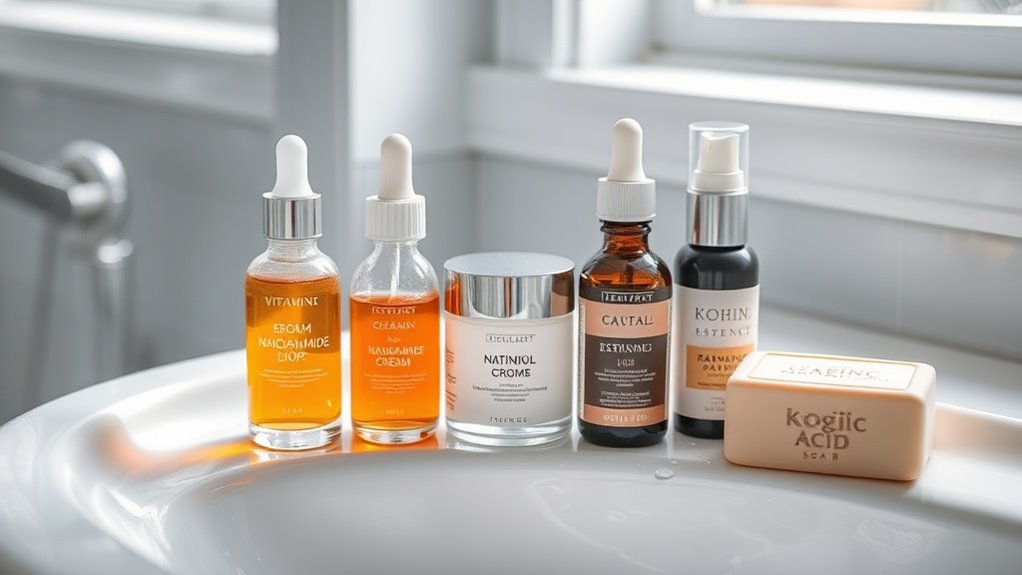My Go-To Allergy Relief Remedies Without Medication
You’ll find powerful natural relief from allergies by combining several holistic approaches. Start with high-quality HEPA air purifiers and regular steam therapy using essential oils like eucalyptus and peppermint. Sip anti-inflammatory herbal teas, particularly nettle and butterbur blends, while incorporating local raw honey into your daily routine. Use a neti pot for nasal irrigation, and boost your diet with anti-inflammatory foods like turmeric and ginger. These natural solutions offer just the beginning of your journey toward medication-free allergy relief.
Understanding Common Allergy Triggers and Symptoms
When your body encounters environmental triggers, it can respond with an array of uncomfortable allergy symptoms that disrupt your daily life. Common triggers include pollen, dust mites, pet dander, mold spores, and certain foods. You might experience sneezing, itchy eyes, runny nose, congestion, or skin reactions.
Before exploring natural allergy remedies, it’s essential to identify your specific triggers. Keep a symptom journal noting when and where reactions occur.
Pay attention to seasonal changes, indoor environments, and dietary choices. Understanding your unique triggers helps you take proactive steps to minimize exposure and choose the most effective natural solutions for relief. Over 60 million Americans suffer from allergies and seek natural alternatives to traditional treatments.
Essential Home Air Quality Improvements
You can transform your home into an allergy-safe haven by installing high-quality HEPA air purifiers in key living spaces and bedrooms to capture airborne allergens.
Maintaining indoor humidity between 30-50% with a reliable dehumidifier will discourage dust mites and mold growth while supporting your respiratory health.
Regular deep cleaning using natural methods, like steam cleaning and essential oil-based solutions, helps eliminate accumulated allergens from carpets, upholstery, and other surfaces without introducing harsh chemicals into your environment.
Air Purifiers That Work
Since indoor air can harbor up to five times more pollutants than outdoor air, investing in a high-quality air purifier marks an essential step toward natural allergy relief.
Look for units featuring these key elements for optimal performance:
- True HEPA filtration that captures 99.97% of particles as small as 0.3 microns
- Activated carbon filter to absorb odors and harmful VOCs
- UV-C light technology to neutralize airborne bacteria and viruses
- Multiple fan speeds to adjust filtration based on seasonal needs
- Coverage area rating that matches your room size
Place your purifier in bedrooms and living spaces where you spend the most time for maximum benefit.
Control Indoor Humidity Levels
Maintaining optimal indoor humidity between 30-50% plays a vital role in managing allergy symptoms naturally.
When your home’s air is too moist, it creates an ideal environment for dust mites, mold, and mildew to thrive. Conversely, overly dry air can irritate your nasal passages and throat.
You’ll want to use a humidity monitor to track levels throughout your home.
In humid areas, run a dehumidifier and fix any water leaks promptly.
For dry spaces, consider placing house plants, using a humidifier, or keeping water bowls near heat sources.
These simple adjustments can significantly reduce your allergy triggers while supporting your body’s natural defenses.
Regular Deep Cleaning Methods
To create an allergy-resistant home environment, implementing thorough deep cleaning practices stands as one of the most powerful natural interventions.
You’ll notice significant improvement in your respiratory wellness by adopting these essential cleaning methods:
- Steam clean carpets and upholstery monthly to eliminate trapped allergens and dust mites
- Wash all bedding weekly in hot water using natural, fragrance-free detergents
- Vacuum daily with a HEPA-filtered machine, focusing on corners and under furniture
- Dust with damp microfiber cloths to trap particles instead of dispersing them
- Deep clean curtains, blinds, and air vents seasonally to remove accumulated allergens
Natural Herbal Teas for Allergy Relief
When you’re seeking natural allergy relief, herbal teas offer powerful healing properties through their bioactive compounds and soothing warmth.
You’ll find the most effective combinations include nettle, butterbur, and peppermint, which work synergistically to reduce inflammation and ease respiratory symptoms.
To extract maximum benefits from these herbs, steep them in water just below boiling for 10-15 minutes while keeping your cup covered to retain the essential oils and therapeutic compounds.
Consider adding local raw honey to your tea for enhanced immune-boosting benefits and natural allergy protection.
Best Herbal Tea Combinations
Soothing herbal teas offer powerful natural relief for allergy symptoms while supporting your body’s immune response.
When you combine specific herbs, you’ll create potent blends that target multiple symptoms at once.
- Nettle and peppermint tea calms inflammation while clearing nasal congestion
- Chamomile and lavender promotes relaxation and reduces histamine responses
- Ginger, turmeric, and honey creates an anti-inflammatory powerhouse
- Elderberry and echinacea strengthens immune function and reduces allergy severity
- Green tea with local honey builds natural resistance to regional allergens
Try these combinations hot or iced, sipping throughout the day for maximum benefit.
You’ll find natural relief without the side effects of conventional medications.
Brewing For Maximum Benefits
Although brewing herbal tea might seem straightforward, proper preparation techniques can maximize the therapeutic benefits for allergy relief.
Start with fresh, filtered water heated to just below boiling. Add your herbs to a ceramic or glass teapot, then pour the hot water over them. Cover immediately to trap the essential oils and beneficial compounds.
Let your tea steep for 5-10 minutes, depending on the herbs used. Nettle and chamomile need 5 minutes, while stronger roots like ginger require 10.
Strain into your cup, and don’t forget to inhale the steam while drinking – it’ll help clear your sinuses naturally.
Steam Therapy and Nasal Irrigation Methods
Since ancient times, steam therapy and nasal irrigation have provided natural relief for allergy sufferers seeking gentle alternatives to conventional medicine.
You’ll find these time-tested methods both soothing and effective for clearing congestion and reducing allergy symptoms naturally.
-
Take a steamy shower while adding 2-3 drops of eucalyptus essential oil
-
Lean over a bowl of hot water with a towel draped over your head for 10 minutes
-
Use a ceramic neti pot with sterile saline solution to flush nasal passages
-
Try facial steam inhalation with chamomile or peppermint tea
-
Practice steam therapy before bed to promote restful breathing overnight
Swollen blood vessels in the nasal passages cause congestion by restricting airflow and producing excess mucus.
Dietary Changes That Reduce Allergic Reactions
To naturally calm your allergic responses, you’ll want to focus first on incorporating anti-inflammatory foods like turmeric, ginger, and leafy greens into your daily meals.
You can further reduce your body’s allergic reactions by identifying and removing common food allergens such as dairy, wheat, and soy from your diet.
Adding local honey to your daily routine can help build immunity against seasonal allergies over time.
Anti-Inflammatory Foods First
When your body experiences allergic reactions, the foods you consume can either fuel inflammation or help calm your immune system’s response.
To naturally reduce allergy symptoms, prioritize these anti-inflammatory foods in your daily diet:
-
Leafy greens like kale and spinach contain quercetin, a natural antihistamine
-
Turmeric and ginger root provide powerful inflammation-fighting compounds
-
Pineapple offers bromelain enzymes that reduce swelling and irritation
-
Wild-caught salmon delivers omega-3 fatty acids to balance immune function
-
Garlic and onions supply quercetin plus natural antiviral properties
Start incorporating these healing foods before allergy season peaks for optimal protective benefits.
Eliminate Common Allergens
Making dietary changes is a cornerstone of natural allergy management. To identify your trigger foods, try eliminating common allergens like dairy, gluten, soy, eggs, nuts, and shellfish for three weeks.
Then reintroduce them one at a time while monitoring your body’s response. Pay special attention to dairy and gluten, as they often increase mucus production and inflammation.
Replace these with anti-inflammatory alternatives like coconut milk, almond flour, and quinoa. Keep a food diary to track your symptoms and identify patterns.
You’ll likely notice improved breathing, reduced congestion, and fewer allergy flare-ups within weeks of eliminating problematic foods.
Local Honey and Bee Products as Natural Remedies
Local honey and bee-derived products offer powerful natural defenses against seasonal allergies. When you consume honey from bees in your area, you’re essentially getting micro-doses of local pollen that can help build your immunity naturally over time.
-
Raw, unfiltered local honey contains enzymes and beneficial compounds that support your immune system.
-
Bee pollen granules provide concentrated amounts of vitamins, minerals, and antioxidants.
-
Propolis has natural antimicrobial and anti-inflammatory properties.
-
Royal jelly helps regulate immune response and reduce allergic reactions.
-
Honeycomb contains beneficial waxes and pollen that can desensitize your body to allergens.
Take 1-2 teaspoons daily for best results.
For maximum effectiveness against seasonal allergies, source honey from beekeepers within a 50-mile radius of your home.
Essential Oils and Aromatherapy Solutions
As more people seek natural alternatives to synthetic allergy medications, essential oils and aromatherapy have emerged as powerful tools for respiratory relief and immune support.
You’ll find peppermint and eucalyptus oils particularly effective for clearing nasal passages and easing congestion.
Try diffusing lavender to reduce inflammation and calm allergic responses, while tea tree oil’s antimicrobial properties help fight potential infections.
For quick relief, you can add 2-3 drops of these oils to a bowl of hot water and inhale the steam.
You can also blend them with carrier oils for a soothing chest rub or add them to your shower for aromatherapeutic benefits.
For optimal results, diffuse your chosen oils in the bedroom 30 minutes before bedtime to allow the therapeutic properties to properly permeate the air.
Daily Habits to Minimize Allergen Exposure
Beyond natural remedies like essential oils, simple daily practices can dramatically reduce your exposure to allergens and strengthen your body’s resilience.
By integrating these mindful habits into your routine, you’ll create a healthier environment that supports your body’s natural ability to cope with allergies.
-
Remove shoes before entering your home to prevent tracking in pollen and outdoor allergens
-
Shower before bed to wash away accumulated allergens from hair and skin
-
Use HEPA air purifiers in bedroom and main living spaces
-
Keep windows closed during peak pollen hours (typically early morning)
-
Regularly clean or replace AC filters and vacuum with HEPA filtration
Salt Therapy and Other Alternative Treatments
Salt therapy, dating back thousands of years to ancient healing practices, harnesses the therapeutic power of natural salt minerals to provide relief from respiratory allergies and inflammation.
You’ll find modern salt rooms and halotherapy chambers that recreate these healing environments using pure Himalayan or Dead Sea salt.
Beyond salt therapy, you can explore acupuncture to rebalance your body’s energy and reduce allergy symptoms.
Local raw honey helps build immunity to regional pollens, while essential oils like eucalyptus and peppermint clear nasal passages.
Steam inhalation with herbs like thyme or rosemary offers quick relief, and regular nasal irrigation with a neti pot flushes out allergens naturally.
Similar to natural antifungal solutions like Listerine foot soaks, these remedies offer gentle relief for those with autoimmune sensitivities.
Creating an Allergy-Free Living Space
While natural therapies can bring relief outside your home, maintaining a clean and allergen-free living space forms the foundation of your wellness journey.
Transform your home into a sanctuary by embracing these essential practices:
-
Install high-quality HEPA air filters in your ventilation system to capture airborne allergens.
-
Use natural cleaning solutions like vinegar, baking soda, and essential oils to eliminate dust and mold.
-
Choose organic cotton or bamboo bedding and wash in hot water weekly.
-
Keep indoor humidity between 30-50% with a dehumidifier to prevent mold growth.
-
Add air-purifying plants like spider plants and peace lilies to naturally cleanse your space.




